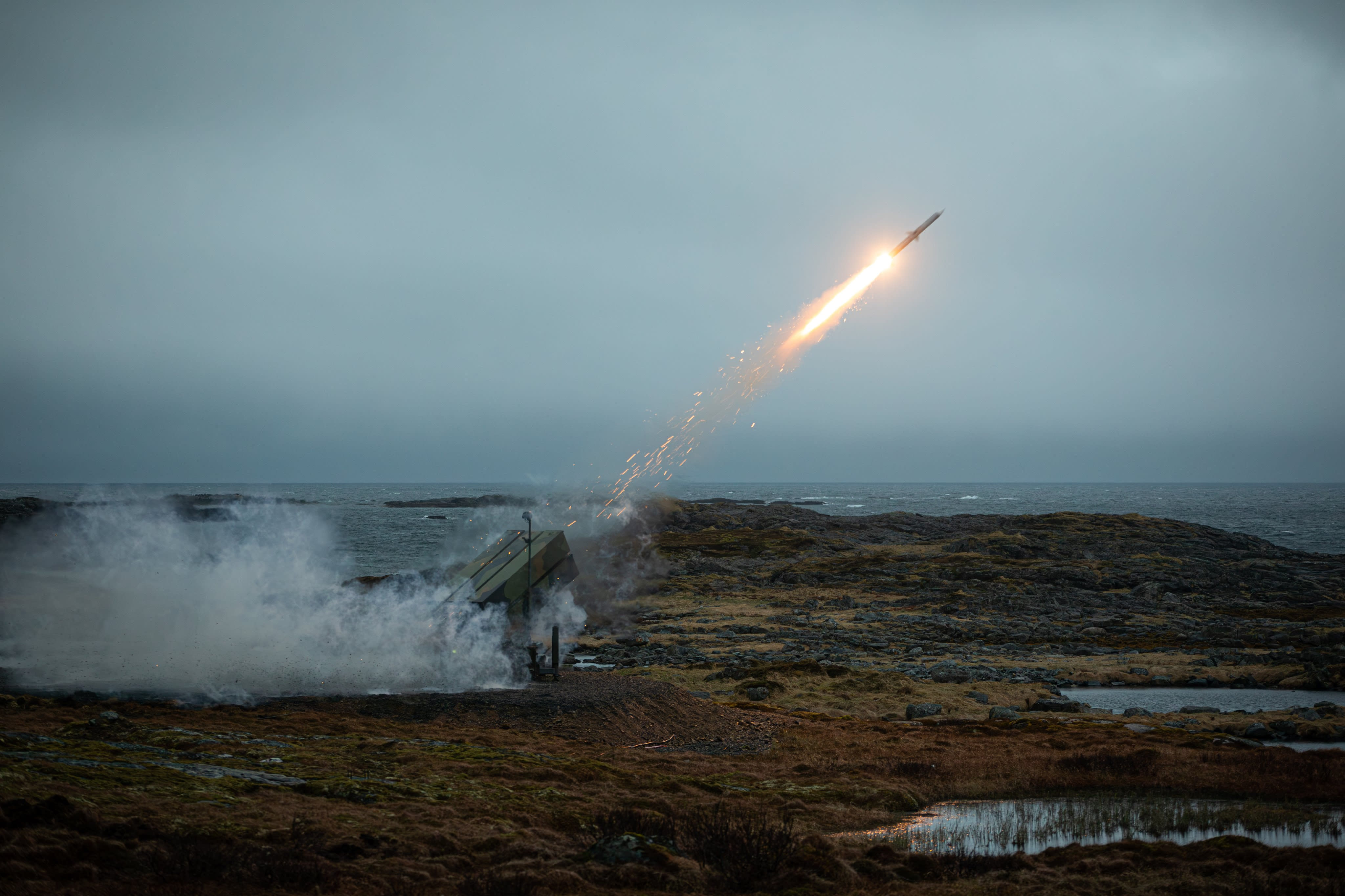Denmark's Bold Move: Renting Air Defenses to Rebuild Its Missile Shield
3 min read

In a surprising turn of events, Denmark has announced its plans to rent air defense systems as it scrambles to rebuild a missile shield that was dismantled nearly two decades ago. This decision marks a significant shift in Denmark's defense strategy, reflecting the evolving security dynamics in Europe and beyond.
A Historical Perspective
The history of Denmark's air defense capabilities is a tale of strategic shifts and changing priorities. In the early 2000s, Denmark made the decision to decommission its ground-based air defense systems. This move was largely influenced by a broader European trend where many nations pivoted their defense focus from territorial defense to expeditionary operations, driven by the relative geopolitical stability in Europe post-Cold War.
The decision to dismantle these capabilities was also economically motivated. Maintaining and upgrading air defense systems is a costly endeavor, and with the perceived low threat level at the time, resources were redirected towards other defense priorities, such as participating in international missions and strengthening cyber capabilities.
However, the geopolitical landscape has drastically changed over the past few years. The resurgence of territorial threats in Europe, highlighted by Russia's actions in Ukraine and increasing missile capabilities from various state actors, has sparked a renewed interest in strengthening ground-based air defenses. This shift is part of a broader trend across Europe, where nations are re-evaluating their defense postures in response to changing threats.
The Strategic Implications
Denmark's decision to rent air defense systems is a pragmatic approach to quickly enhancing its defensive capabilities. Renting allows for rapid deployment and immediate operational readiness, which is crucial given the current volatile security environment. It also provides Denmark with the flexibility to assess and adapt to new technologies without making long-term financial commitments or being locked into specific systems that may become obsolete.
Furthermore, this move underscores Denmark's commitment to NATO's collective defense strategy. By bolstering its air defense capabilities, Denmark not only enhances its national security but also contributes to the broader security architecture of the alliance. This aligns with NATO's strategic emphasis on enhancing deterrence and defense in response to emerging threats.
The Road Ahead
While renting air defense systems is a short-term solution, it raises important questions about Denmark's long-term defense strategy. Will Denmark eventually invest in developing or purchasing its own air defense systems? How will this decision influence its defense budget and priorities in the coming years?
Moreover, the choice to rent rather than purchase could set a precedent for other nations facing similar defense challenges. It highlights the potential for innovative solutions in defense procurement, especially for smaller nations looking to optimize their defense spending while maintaining readiness.
As Denmark embarks on this new chapter of rebuilding its missile shield, it serves as a reminder of the ever-evolving nature of global security challenges. The ability to adapt and respond swiftly to these changes is crucial for maintaining national and regional stability.
In conclusion, Denmark's decision to rent air defense systems is a testament to its proactive approach in addressing contemporary security challenges. It reflects a broader trend of re-prioritizing territorial defense in Europe and showcases the importance of flexibility and innovation in modern defense strategies. As the world continues to navigate an unpredictable security landscape, such adaptive measures are likely to become increasingly prevalent.
Source: Denmark to rent air defenses as it rushes to rebuild missile shield
